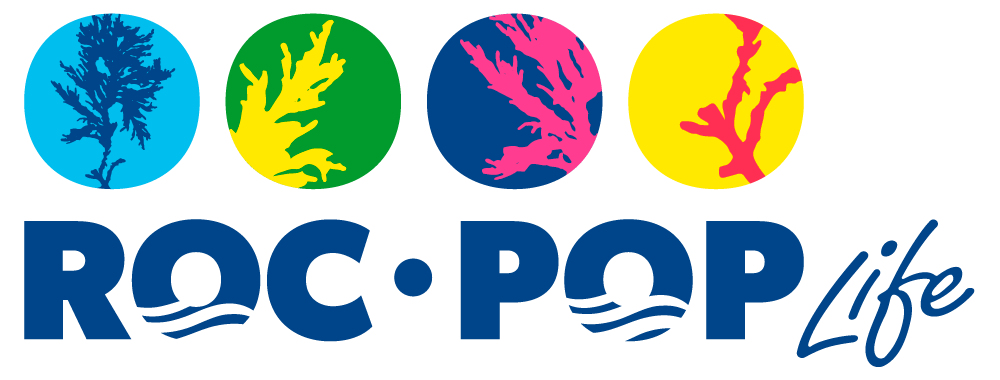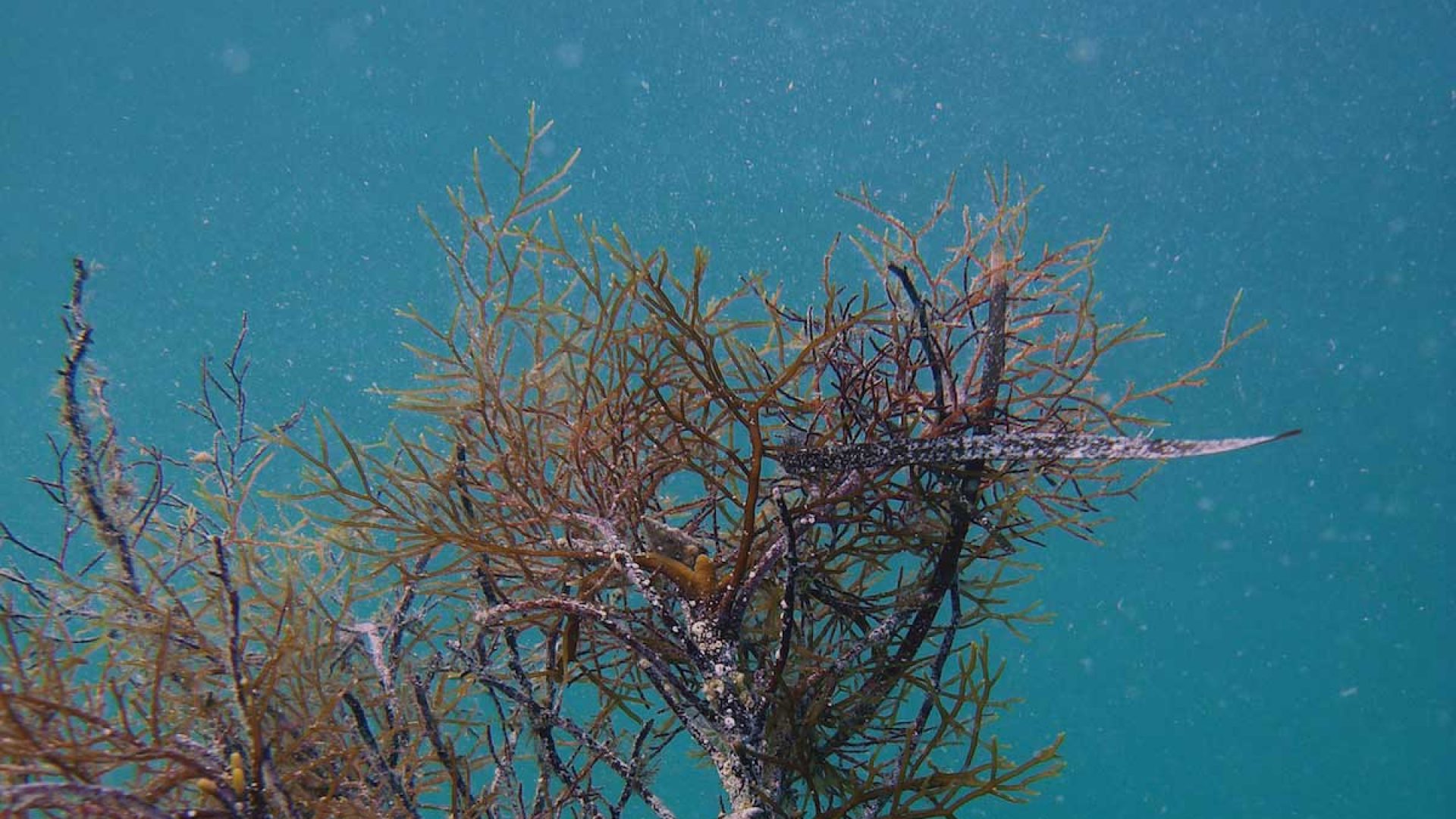Description
Alongside the restoration objectives, the project aims to increase awareness of citizens on environment protection/habitat restoration. This purpose is most important for engaging citizens and public opinion to achieve educational results. The greater the ability to inform about actions applied in the project, the greater the educational impact reached. The challenge is to turn restoration action into an education opportunity. Communication effort carried in E1/E2Actions will promote responsible ecotourism and will raise awareness on the value of biodiversity. The collaboration with the magazines (see E1) will promote the project among naturalists. The response of citizens is evaluated through the impact that the project will have on local and national media, social network communities and numbers of visitors at the 4 MPAs Visitor Centres (sector on the project) and at the laboratories in Camogli and Trieste.
Action D3 will assess the achievement of these impacts by defining indicators, measuring these indicators before, during and after the repopulation action and finally evaluating the increment achieved during the project and expected after project implementation.
The main socio economic impacts will include:
- improvement of economic activities at local level and in Regione Liguria, Friuli Venezia Giulia and along the Slovenian coast
- educational impact and raise of awareness on citizens
- interest in the scientific and naturalistic community.
The specific indicators will be defined with the involvement of stakeholders identified in the action A1. They will include economic indicators (e.g.: increment of visitors in the target areas, participants to special events and tours organised, requests from tour operators for including the target areas in their tours) as well as indirect impact indicators measuring the interest for the project activity in the media either online or traditional. Educational impact indicators will include for example the number of people contacted during visits, workshops and events, the number of visitor of the target area, number of people informed about the project, the number of feedbacks, the contacts on social media and in particular the number of active members in the social media community.
The methodology developed in the project "Evaluation of the Environmental Accounting of the Italian Marine Protected Areas" funded by the Italian Ministry for the Environment will be considered as the MPAs involved in ROC-POP-LIFE are participating to the project as well.
The raise of response of citizens can be measured and assesses by analysing the presence of community generated contents (text, pictures, video etc) on the Roc-POP project in the main social media communities (e.g: Facebook, Twitter, Instagram, Youtube). They are a communication and experience exchange channel for most people and convey much information on the popularity of a topic as well as on the feeling and perception of posters about that topic. The social media are important mouthpieces and it will be possible to monitor, after a communication activity, (i.e. workshop, meeting) the outcome of these actions, finding the noise, (misunderstanding messages) identifying relevant contents and use it appropriately. In order to be able to grab and analyse this relevant source of information, a dedicated software tool will be used to collect data about the perception of the ROC-POP project. Main social network will be considered and natural language processing techniques and sentiment analysis on large collections of texts, discussion groups, web blogs, and social media will be carried out to discover and evaluate the impact of the actions of the project. Many messages reports information on time and location of people posting the message or the picture. By analysing these data it will be possible to monitor the development of the discussion on the ROC-POP project.
The results of this activity will be used to understand the effectiveness of the communication campaign in order to evaluate the effectiveness of the messages proposed and to drive further communication actions.
Action details
Action:
D.3
Timing:
34 months
Status:
In progress

